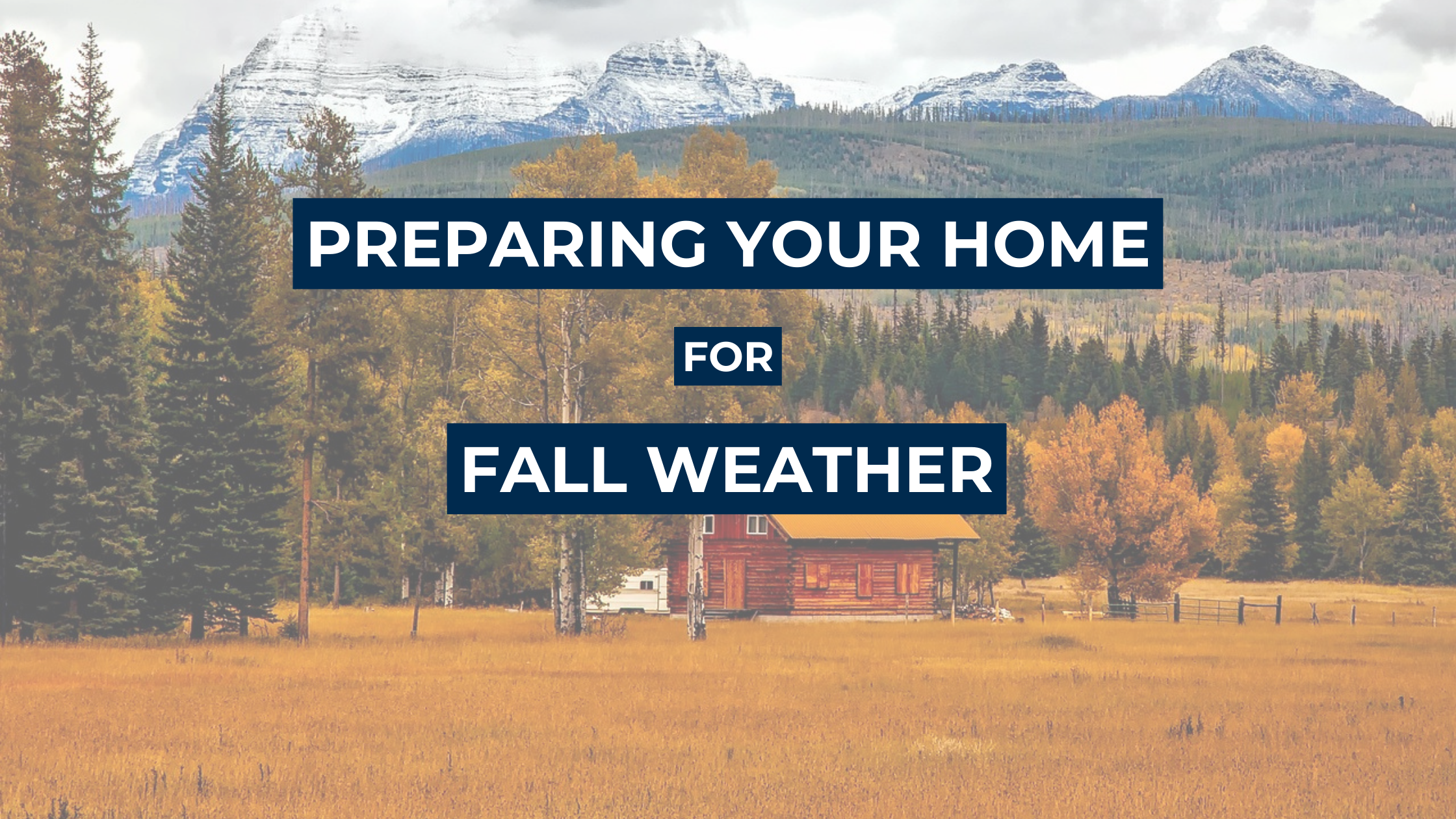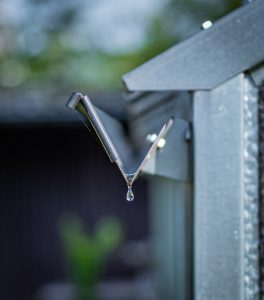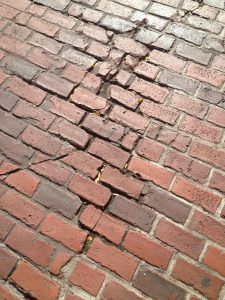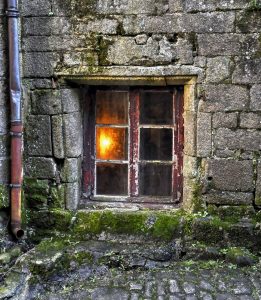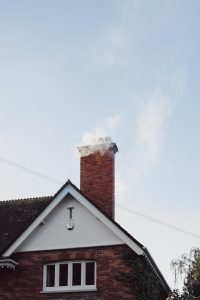As summer bleeds into the beautiful colors of fall, many homeowners are beginning to prep their winter-preparedness lists for the months to come. But getting a jump on the season and starting the cold weather turn-down in autumn is not only a smart idea, but a money saving one as well!
Many of the tasks listed are ones easily completed by the average homeowner, but if you prefer to hire a professional company, the savings in the long run still far outweigh the up-front costs. Enjoy your fall season stress-free and with a home that’s ready for even the most inclement of weather.
Clean (or Replace) the Gutters
Gutter cleaning is often listed as the first to-do item on any winterization checklist, and for good reason. Thousands of gallons of water are diverted away from structural foundation and siding, that when gutters are clogged, pour directly against your home, and cause major flooding and exterior damage.
Accordingly to The Family Handyman, plastic spatulas make great gutter cleaning implements on the cheap – or if you prefer a more automated system, check out a gutter cleaning robot! Once your gutters are spick and span, be sure to install some mesh gutter guards to decrease the frequency of your cleanings and prevent any major clogging.
Fix any Walkway Cracks
Whether out on your entry walkway, the back patio, or in the driveway; sealing small cracks is a great way to prevent a major fix later down the line. Even seemingly innocuous breaks in concrete walkways can turn into massive potholes after a single winter season, and if the freezing temperature persist long enough, can completely wreck your flat surfaces.
Better Homes & Gardens says to check for cracks greater than 1/8” in width and repair with concrete sealer, but hire a professional for major jobs.
Aerate the Lawn
One of the biggest grievances many entertainers have come spring is that their lawn is destroyed by the time warmer weather comes back around. Raking your lawn and then aerating the soil is a great way to prevent both your grass and garden beds from suffocating during the colder seasons. A minimum of once a year is enough to keep your outdoor spaces thriving, but two to three times is all the better.
Professional lawn services get this done quickly, or you can rent a lawn aerator at any home & garden store in your area if you prefer to do it yourself (and learn a new skill in the meantime!).
Drain & Winterize Outdoor Faucets
As House Beautiful eloquently puts it, every homeowner’s worst nightmare during winter is a frozen pipe bursting – but the solution is an easy one! Close any outside-serving shut off valves and drain all outdoor spigots and hoses. If you don’t have shut off valves (or aren’t sure where they are), invest in some Styrofoam faucet covers and install them to ensure no freezing water in your pipes.
Clean Window Wells & Re-Caulk (if Needed)
An indoor/outdoor remedy for ensuring well-kept windows – clean out the window wells of frames that are prone to collecting debris (especially ones in basements or other low-lying areas). When leaves collect in window wells, they act as a watertight seal that allows large quantities of water, which can occur even with a moderate amount of rain, to press against the window and break the glass in extreme cases.
To keep your heat bill at its lowest, re-caulk interior window frames to prevent the likelihood of cold drafts and help keep hot air from your furnace escaping out.
Change the Furnace Filter
Swapping out the furnace filter (sizes vary) is an easy and cheap way to manage your utility bills in colder months. Filters with buildup make it harder for hot air to pass through and regulate the temperature in your home, which is then reflected as increased costs on your heating bill.
Clean & Inspect the Chimney
Regardless of how often you use your fireplace, ensuring that the chimney is free of debris and the flue isn’t warped/cracked is essential to its maintenance. Creosote and soot buildup in a chimney can lead to fast-burning and destructive house fires that cost not only thousands of dollars to repair, but are a hazard to your safety.
The wetness of the wood you burn determines how often your chimney should be cleaned; damp wood bubbles when lit and leads to more buildup that needs to be cleaned on an average of every 50 burns. Dry wood burn hotter & cleaner, reducing the amount of cleanings to an average of every 70 burns.
Most chimney sweeps include a structural inspection in their services that also cover cracking in bricks, mortar fall-out, and gaps between the flue and chimney shaft. If the provider you employ finds any of these issues, have them repair the issues ASAP as part of the cleaning service.
Keep the Humidifier Running
In addition to being good for your skin, humidifiers help prevent the chance of cracking in fine woods due to dry winter air. Even a single room humidifier placed in the areas of your home with the most vulnerable furniture and flooring can be beneficial for the exterior of both your property and yourself!
Check that your humidifier is cable of running at its full capacity, and if needed, clean the plates & pads with a strong laundry detergent solution. Have a wire brush on hand to scrape off any clinging mineral deposits that may have accumulated during use.
Now that the rain has come, it can be hard to get motivated and finish the prep that’s essential to keeping your home warm, watertight & safe – but getting a jump on the seasonal schedule will prevent these fixes from happening in the bitter winter months. Or worse, watching the issues grow over the holiday season when you most want to relax.
Take a few moments to assess which repairs your home would most benefit from and get the work scheduled ahead of time so it doesn’t come as a surprise – we promise that cozying up with a hot mug of cider afterwards will be all the sweeter!
Written by Jessica Adams
 Facebook
Facebook
 X
X
 Pinterest
Pinterest
 Copy Link
Copy Link
